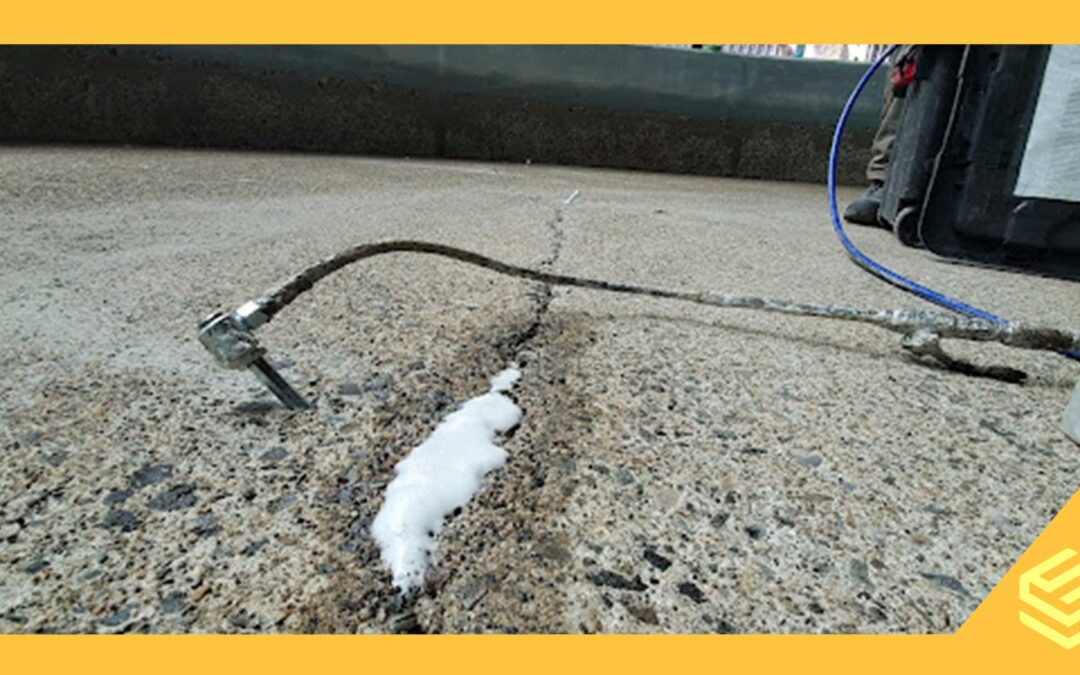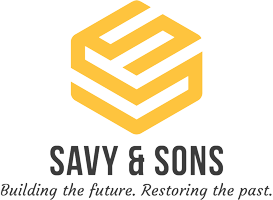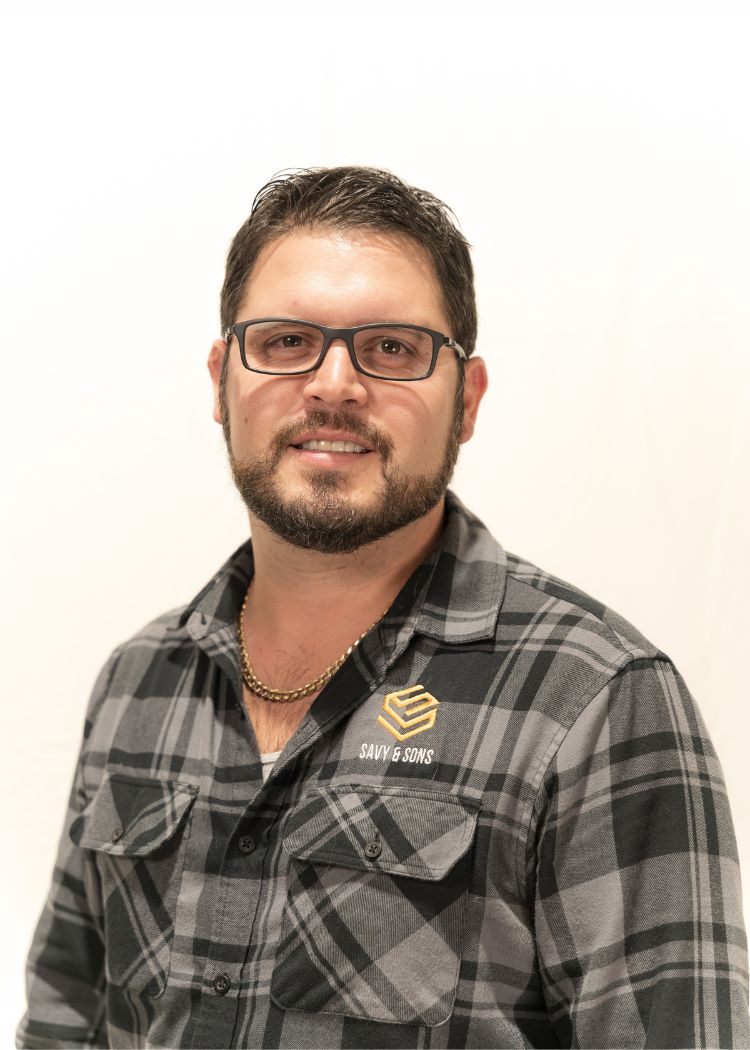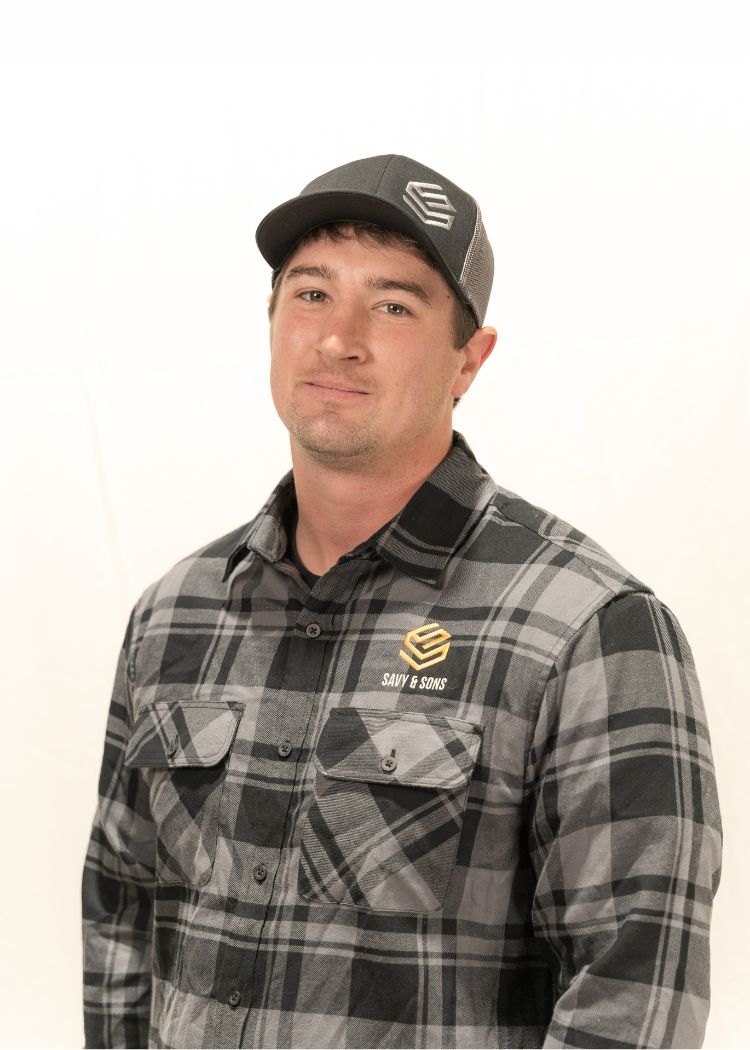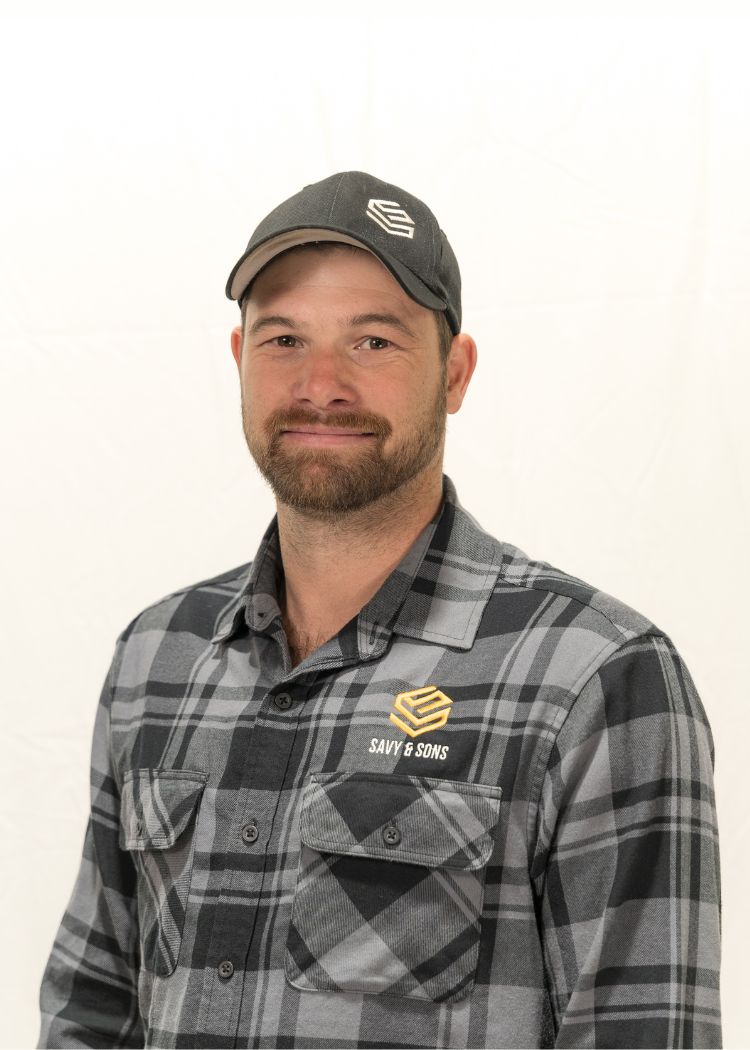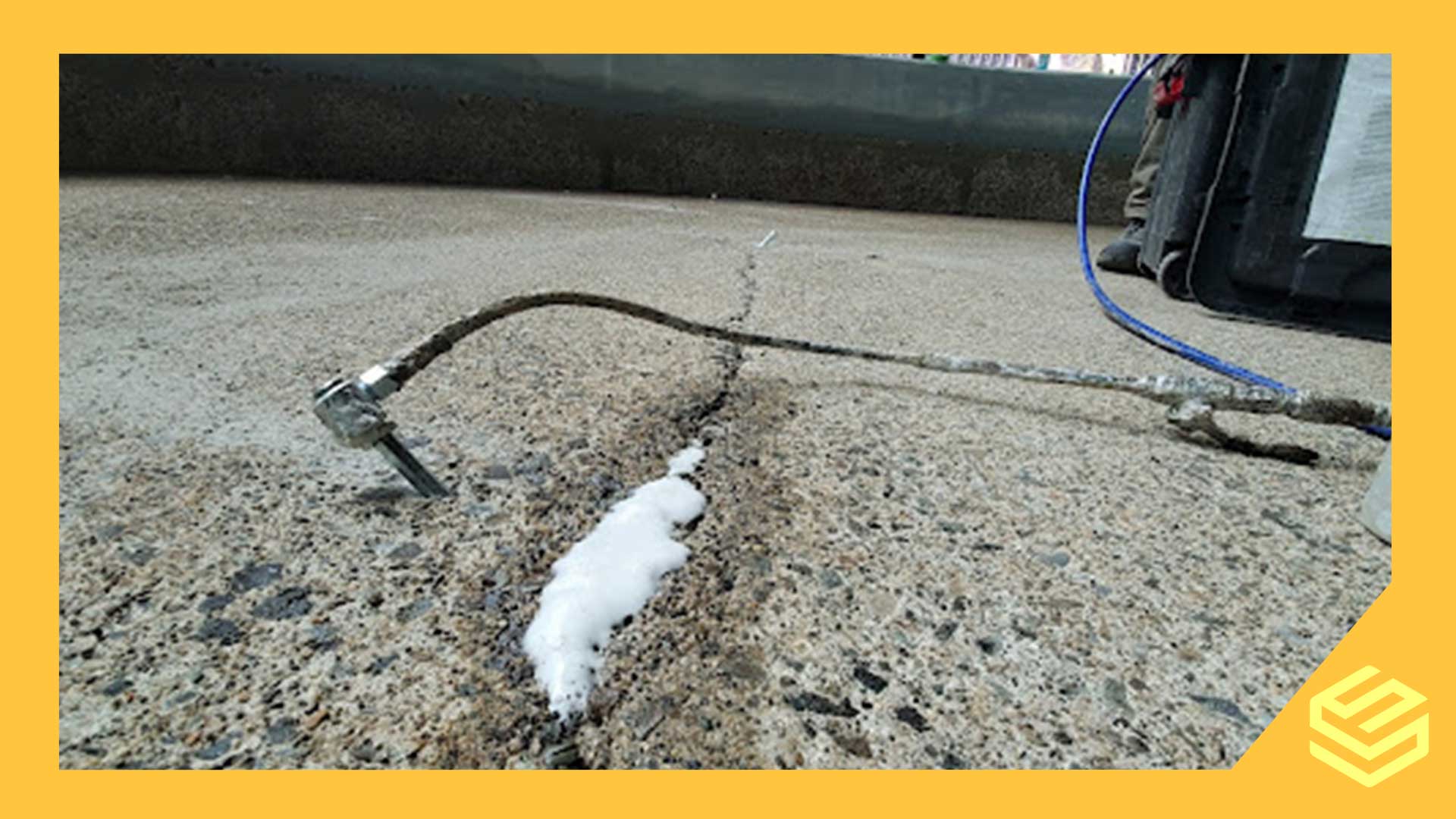
Concrete, though a durable building material, is not impervious to water. Over time, water compromises the integrity of concrete structures, leading to deterioration and potential safety hazards.
Fortunately, advancements in waterproofing technologies have revolutionized the field of concrete rehabilitation. Follow along as we explore the intricacies of these cutting-edge methods, such as urethane and epoxy injections, mortar pumping, soil stabilization, and polyurethane coatings. By understanding these innovative techniques, property owners can make informed decisions to sustainably maintain their foundations.
Urethane and Epoxy Injections
Process and Application: Urethane and epoxy injections have emerged as versatile solutions for addressing cracks and voids in concrete. The process involves injecting these materials into the affected areas, where they expand and fill gaps, creating a seamless barrier against water intrusion.
Properties and Benefits: Urethane’s flexibility and epoxy’s high strength make them a dynamic duo in the fight against water damage. These materials complement each other to provide a resilient and long-lasting waterproofing solution. The benefits of this method include not only sealing existing cracks but also preventing future ones.
Mortar Pumping
Revolutionizing Rehabilitation: Mortar pumping is a game-changer in the realm of concrete rehabilitation. Specially formulated mortar is applied to the concrete surface, creating a protective layer that restores structural integrity and enhances resistance to water penetration.
Advantages: Mortar pumping goes beyond sealing cracks; it offers a comprehensive approach to rehabilitation. This method improves the overall strength of the concrete, providing a durable and resilient shield against water-induced damage. Its versatility makes it applicable to various concrete structures, from residential buildings to industrial complexes.
Soil Stabilization
Soil stabilization may not be as conspicuous as other waterproofing techniques, but its role is equally important. A stable foundation is integral to the success of urethane and epoxy injections, mortar pumping, and other surface-level applications. Advanced soil stabilization methods contribute to the rehabilitation process by ensuring a stable foundation. By preventing settling and shifting, these techniques play a crucial role in maintaining the long-term effectiveness of concrete repairs.
Polyurethane Coatings
Polyurethane coatings have gained popularity for their exceptional durability and flexibility. These coatings form a seamless and impermeable protective layer over the concrete. The flexibility of polyurethane ensures that it can withstand the natural movements and settling of the structure without compromising its waterproofing capabilities.
There are many long-term benefits of polyurethane coatings, such as resistance to UV radiation, extreme weather conditions, and chemical exposure. This method not only protects the concrete from water damage but also enhances its overall resilience, contributing to the sustainable maintenance of structures.
By exploring and understanding techniques such as urethane and epoxy injections, mortar pumping, soil stabilization, and polyurethane coatings, individuals can make informed decisions for the sustainable maintenance of their properties. With benefits including durability, flexibility, and long-term protection against water damage, these cutting-edge solutions are shaping the future of concrete rehabilitation, ensuring longevity and resilience.

